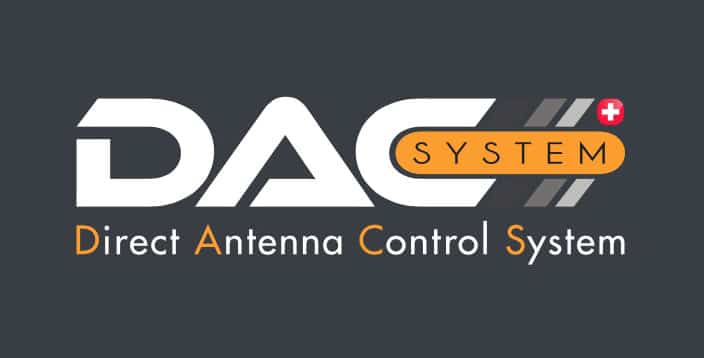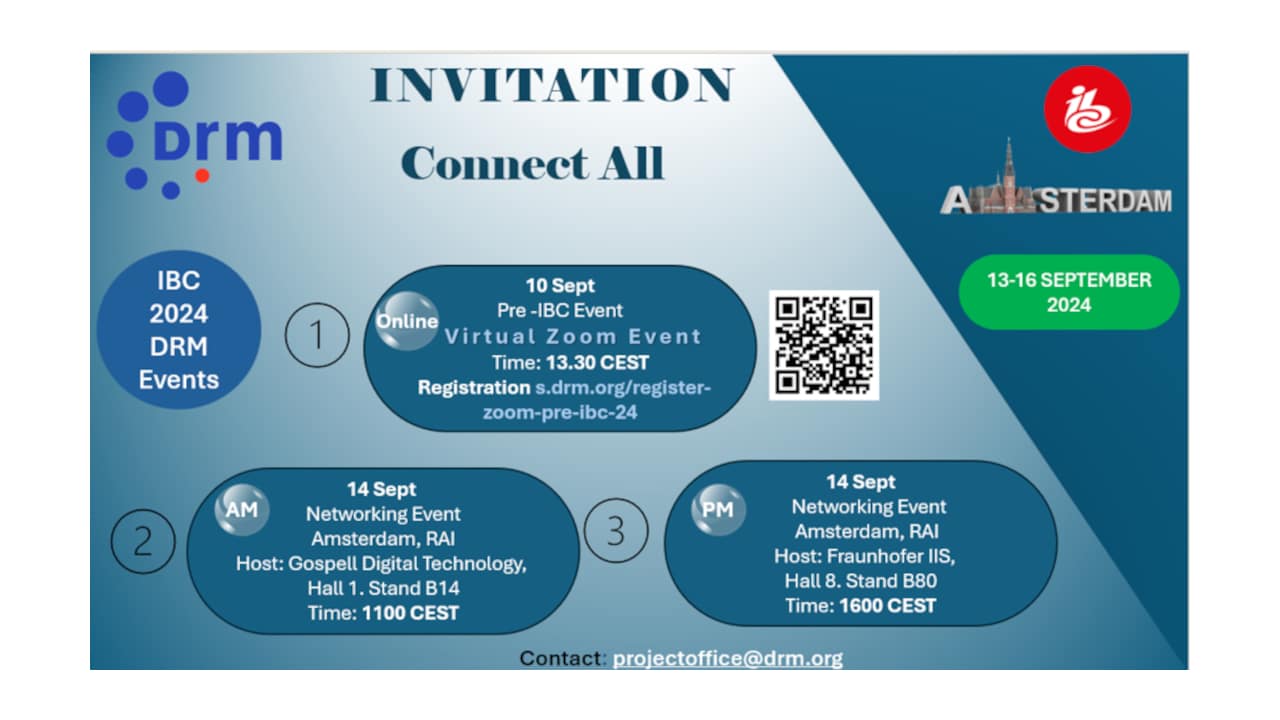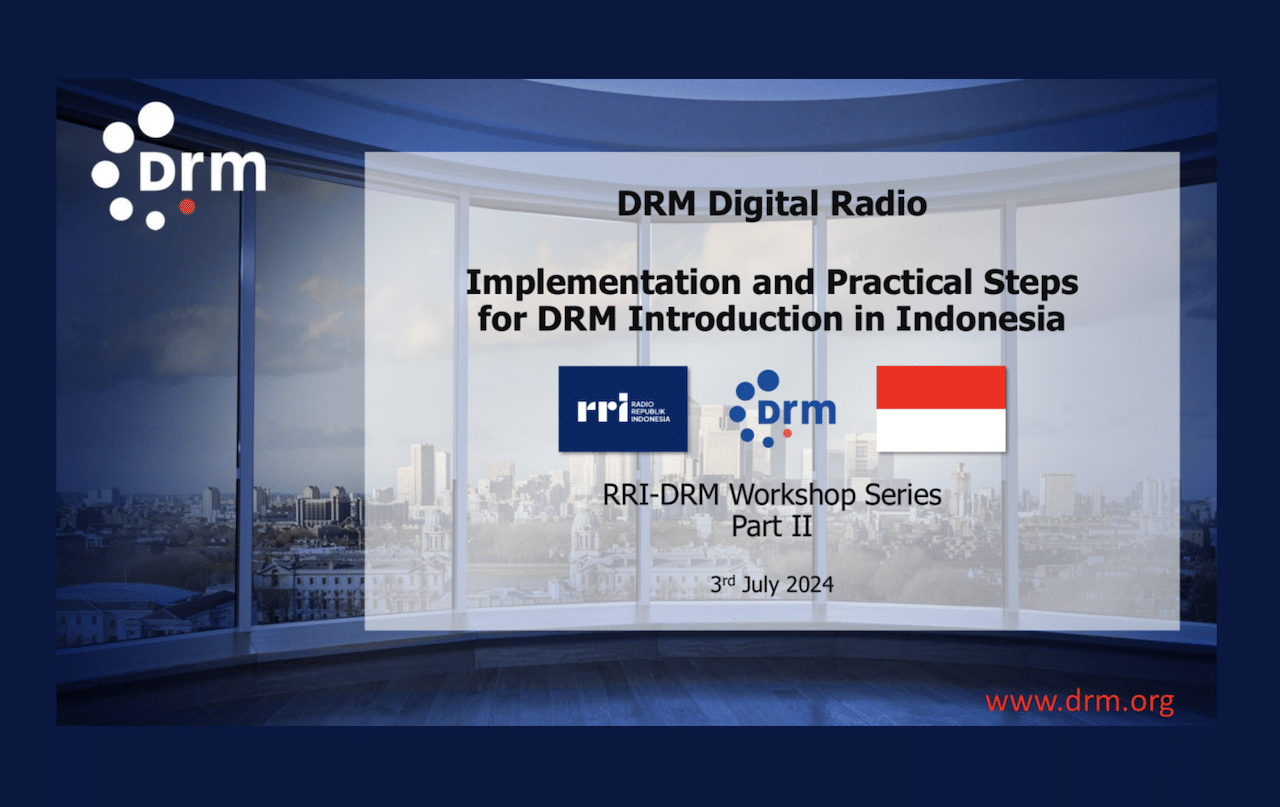
As digitization spreads beyond the confines of developed markets, the question of marrying several digital terrestrial broadcasting standards is more pressing than ever.
LONDON — There are currently three recognized digital broadcasting standards: Two open, sister technologies — DRM and DAB+ — and the proprietorial U.S. HD Radio technology. Other solutions promoted by China (CDR), Japan, and Russia are included in the International Telecommunication Union recommendations. Recommendations of use for digital radio.
Each of the three standards has its characteristics and performs well under its own parameters. DRM remains the only standard that covers all frequency bands (both in AM and VHF bands I, II-FM and III) and is suitable for all types of coverage from local to international so in our view and of many technical experts the most complete, flexible and best.
However, not all frequencies are equal; the big digitization battle is raging in the crowded FM band since FM stations are ubiquitous, often profitable, and popular worldwide. DRM and HD offer digital alternatives for FM (VHF band II), while DAB+ can deliver digital services on VHF band III.
DRM for FM fits in the current VHF band-II channelization (using only half of the FM 200 kHz bandwidth), delivering up to three audio channels and one data channel. In contrast, DAB+ is a multiplex solution requiring roughly 1500 kHz for the transmission signal.
The two consortia (DRM, DAB/DAB+) and the commercial Xperi company (HD Radio) heavily promote their own standards, which are often presented as the ultimate solution to bringing radio into the digital age.
Not all frequencies are equal; the big digitization battle is raging in the crowded FM band since FM stations are ubiquitous, often profitable, and popular worldwide
A mixed economy
Regulators and various information and communication ministries asked to recommend the best digitization solution are scratching their heads, drafting long reports, and asking for extra tests of standards declared already fit for purpose by the ITU. It is not always the key questions on energy and spectrum consumption that are addressed; it’s usually those around full coverage and licenses. Some decision-makers are cutting the analysis phase and simply following the steer and directives of super-national organizations. This has also resulted in the heavy foothold of DAB+ in Europe or HD in the U.S. Listeners do not understand frequency bands or spectrum and do not care which digital radio platform is being used if they get the content they want, wherever they are.
There is no correct answer to which standard is the best. Some countries have embraced one standard for all their needs. One recent trend has been to go for a combination of two. China has a mix of CDR — the Chinese digital FM solution — and DRM for AM on the cards, asking the automotive industry to implement DRM in all cars and the broadcast industry to prepare the necessary infrastructure.
Indonesia and South Africa have gone for DRM and DAB+ together. Recommending this solution for all African countries (done already by big African organizations like ATU) seems reasonable until you get to implementation. Some regulators and broadcasters want to progress in stages, firstly with a multiplex solution for densely populated urban centers, then full country coverage with DRM later. This is impractical for listeners, as it means paying for a one-standard digital car or standalone receiver first and getting a dual receiver later or trying to software update the one already acquired. Is this realistic when the conversion is slow, costly and protracted, even in countries like the U.K., going from DAB to DAB+ receivers?
Some chipset, module and receiver manufacturers are already thinking about multi-standard solutions
What about multi-standard receivers?
At the recent DRM General Assembly, it was evident that some chipset, module and receiver manufacturers are already thinking about multi-standard solutions — not just big names like NXP and Skyworks but also smaller companies based in India, Germany, Switzerland and South Korea. The DRM-DAB+ combination option might seem more expensive than the single standard one, but only up to a point. Some IP costs required for any DRM-DAB+ product need only be paid once, not twice. A dual-standard car receiver could be easily implemented with available software upgrades.
Multi-standard receivers are not new. The 2006 Morphy Richards model 27024 was a dual DRM-DAB receiver. At that time, there were not enough broadcasts to warrant its rollout, and its performance needed finessing, but it was a bold development ahead of its time!
Since then, cheaper chipsets, modules, receiver solutions and software options have become available and can be immediately introduced on request.
There are still significant challenges. One is how dedicated organizations promote their standards. Another is the perceived race to conquer digital radio land, which ignores a country’s actual needs and financial possibilities — especially for some countries in Africa and Asia — for a quick gain and headline-grabbing announcement. Where cooperation should prevail, there is competition.
The other challenge is governments’ and regulators’ decision to engage the manufacturing industry early and ask for what the population needs and can afford. Multi-standard receivers will be sold in significant numbers only after a clear digital radio roll-out decision from broadcasters or regulators is announced and promoted. Regular digital broadcasts and good, unique and well-advertised content must back this up.
The question of whether the chicken or egg came first should consider the hatching.
The author is Chair of the Digital Radio Mondiale consortium.
More about DRM
DRM Consortium welcomes adoption move by China





















